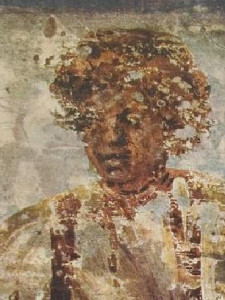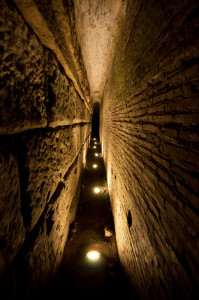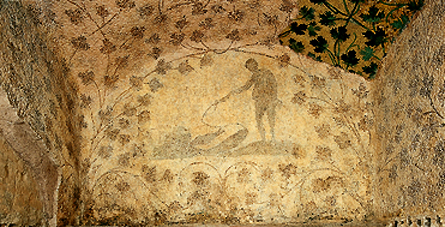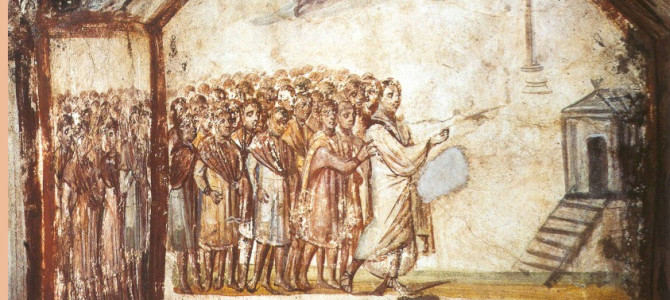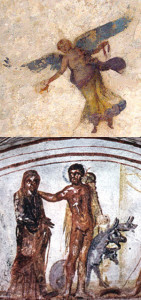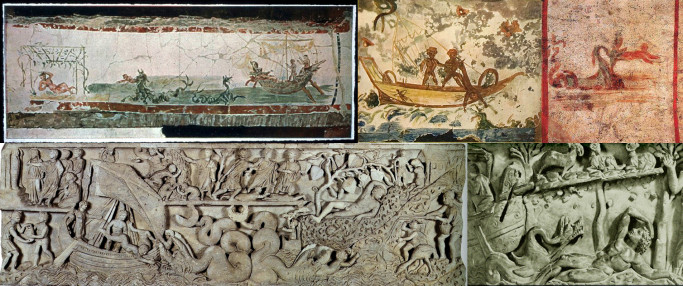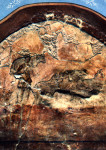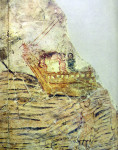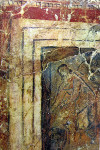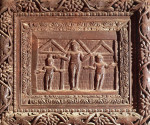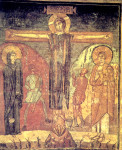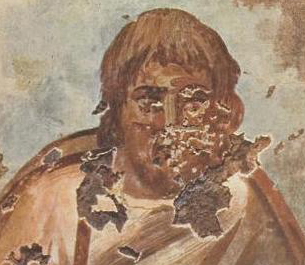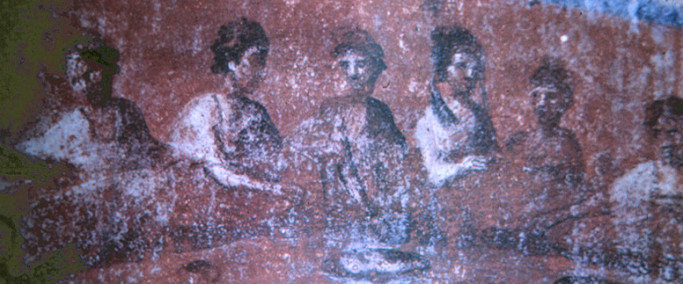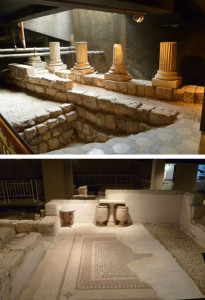 Moving: nobody likes it. It’s unsettling, disorienting, chaotic. Every stress scale includes it. If you live within a tight budget it’s also appallingly hard work. And the older you get, the greater the possibilities of personal disaster. The specters of back injury and clinical exhaustion pile onto the routine risks of things broken or left behind, toes smashed, muscles strained, and near-death experiences driving top-heavy, tank-like vehicles. And I speak from a continent of experience.
Moving: nobody likes it. It’s unsettling, disorienting, chaotic. Every stress scale includes it. If you live within a tight budget it’s also appallingly hard work. And the older you get, the greater the possibilities of personal disaster. The specters of back injury and clinical exhaustion pile onto the routine risks of things broken or left behind, toes smashed, muscles strained, and near-death experiences driving top-heavy, tank-like vehicles. And I speak from a continent of experience.
When humans move, we understand why we do it, although it’s never easy, and seldom without pain. But what about the animals who share our lives, who go because we go? No, let’s be more specific: what about our cats?

We had finally been forced to leave our fire-scarred land for a new home, and the year was turning toward the 2nd anniversary of my cat Morgan’s death, which had resulted from the stress of our original flight from the wildfire. And that meant I was also approaching the 2nd anniversary of my mother’s death (she died a week after Morgan).
Trauma makes tracks in our memories, links among synapses like connections in a railroad switching yard: a mental switch is thrown, direction changes imperceptibly, and we find ourselves traveling a road wearing the smooth semblance of the here and now, but invisibly cracked and pitted with old emotion. The unseen past trips us with its rubbled pain and creates new trauma where none need be: a trick of the mind, and one that caught me off-guard.
I had adopted a pair of kittens from a local shelter not long after Morgan’s death. From his earliest days, the male, Bacchus, had a sweetness I’d rarely encountered in a cat before, and I loved him beyond reason. When we moved to Colorado, he developed a urinary infection in the first weeks. I watched him closely, and began to see symptoms like Morgan’s appearing. When he strained to urinate for over a minute with no success I packed him into his carrying case and took him to the vet. Probably stress-related from the move, the vet said, and my heart quaked.

Stress. We talk about it all the time. Most of us are sure we have too much of it. We assume we understand what it is, but the word can mean at least four different things:
- in physics, force per unit area;
- in language, emphasis on a word;
- in psychology, emotional discomfort produced by external and/or internal circumstances;
- in biology, a stimulus that generates a state of heightened physiological response, and the physiological and anatomical consequences of that response.
The familiar buzzword is #3. Most people are aware of #2, some are superficially familiar with #1 from news reports on structural collapses after earthquakes, but I doubt that many people without biological or medical training are aware of #4.
The vets I consulted about Morgan and Bacchus almost certainly spoke in biological terms—but what I heard was pop psychology. I went away believing that the emotional terrors of moving were direct causes of both infections. We were speaking subtly different languages.

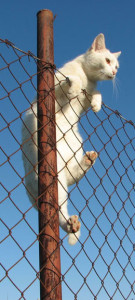 There are two basic scenarios for biological stress: the perceived threat can be real, or it can be imagined. If the threat in the stimulus is real, then running away or fighting will relieve the stress, and the body can return to normal. But when the threat is imagined, the situation is more complex. If, as in Bacchus’ case, a cat perceives a threat in a new environment, but neither fight nor flight is possible, his body is unable to relax from the heightened response, and the stress is prolonged and unresolved. So he remains in a state of inappropriate physiological alert to the stimulus of this new environment for days and weeks. Such stress has an exhausting effect over time.
There are two basic scenarios for biological stress: the perceived threat can be real, or it can be imagined. If the threat in the stimulus is real, then running away or fighting will relieve the stress, and the body can return to normal. But when the threat is imagined, the situation is more complex. If, as in Bacchus’ case, a cat perceives a threat in a new environment, but neither fight nor flight is possible, his body is unable to relax from the heightened response, and the stress is prolonged and unresolved. So he remains in a state of inappropriate physiological alert to the stimulus of this new environment for days and weeks. Such stress has an exhausting effect over time.
Apparently, Bacchus’ response to feeling lousy from the extended time on high alert was to stop drinking water. An unfortunate choice, since he then started building up uric acid in his system, which caused bladder inflammation and pain, making him think he needed to urinate when he didn’t—with the result that he felt worse and even less inclined to drink anything, and became dehydrated.

By the time I packed Bacchus into his carrying case, my emotional train had already switched tracks without my awareness: I was sure I was rushing to save his life, but in fact I was caught up in a replay of the trauma of the wildfire and Morgan’s illness and death. Judgment and clear-sightedness had fallen away. As for Bacchus, taking him to the vet was probably the worst thing I could have done. Already suffering from the effects of physiological stress because of our move, he found himself suddenly moved again, but this time abandoned in a strange vet’s kennel, with neither his human nor his sister for comfort. Suddenly his life had gotten much worse.
Bacchus stayed overnight at the clinic, but by midmorning the next day he had produced no urine sample, so the vet used a needle to draw urine from his bladder. It hurt, and Bacchus vomited. Concerned that shock was a possibility, the vet hydrated him, analyzed the urine, and sent him back home with some antibiotics. At 2 AM Bacchus began to stagger and vomit. He was going into shock.
Shock is a sudden and drastic drop in blood pressure that is usually fatal if not reversed quickly. It is commonly caused by an extreme reaction to threatening stimuli, great blood loss, or pain—any of which will have greater impact if the animal is already dehydrated. Immediate intravenous fluids are the only effective treatment for a cat in shock, so I rushed Bacchus to an emergency clinic twenty miles away. He barely made it, but they saved his life.
If I had responded to Bacchus’ symptoms with a little thought and research instead of recycled panic, I could have taken special care to be sure he drank enough water and watched him closely for a couple of days. Perhaps he never had an infection—just inflammation. By taking him to the vet, I subjected him to greatly increased stress and dehydration, and when the vet drew urine, Bacchus was frightened by the pain. I might as well have been setting him up to go into shock.

The odd thing about the whole situation is that neither Bacchus nor I engaged with actual events. Bacchus responded to threat where there was only sudden change, and I was running on fear laid down by a similar trauma in my past. In a sense we were both sleepwalking, moving through self-created dreamspace.
My emotional overreaction to Bacchus’ stress probably added to his difficulties. A cat’s human is rather like a parent, and the cat looks to his human to assess danger and alert him to its presence. My alarm at Bacchus’ health issues and my ongoing anxiety over his well-being undoubtedly communicated their message to him: “Be afraid! Be very afraid!” And his stress increased.

I suspect the vet realized that if the feedback loop of Bacchus’ stress response couldn’t be interrupted, Bacchus would not recover. So after hydrating him for 36 hours he told me to come get him and take him home. When I approached the cage, Bacchus was lying in the back corner, looking much like he looked when he went into shock: almost dead. I knelt down and called his name, and he growled and hissed without even opening his eyes. I unlatched the cage door and called him again, and his eyes flew open as if he really heard me that time. But when I reached in and picked him up, he snarled and spat and tried to scratch me. At last, as I pulled him out and held him close, he relaxed and began to burrow into my neck.

I recognized the pattern and felt sudden shame. By permitting old trauma to derail me from the reality of the present, I had opened a door for Bacchus to do the same. Now we were both sleeping the troubled sleep of past pain reliving itself in the present. Did he hear someone call his name? Terror. Was someone picking him up? Pain soon to come. He was snared by a shock different from what nearly killed him—he was suffering from incipient post-traumatic shock.
Each day after he came home he grew a little stronger. Kitty water bowls bloomed throughout the house, tempting him to drink. He started eating and drinking, and soon he even romped a bit. I worked relentlessly at monitoring and releasing my own anxiety. Now, more than 5 years later, he still flinches at any sudden noise or movement, but otherwise he’s my warm, loveable friend.

Bacchus granted me a rare inside look at the damage we inflict on ourselves and others when the landscape around us is transformed by our own emotions. The animals who share our space mirror more than our care and grooming. They are individuals with interwoven multilevel awareness like ours. But unlike our human relations, they suffer in silence, never accusing us, allowing us to see how we hurt them without triggering our defensiveness and self-justification.
If we let ourselves see them clearly, they can be our counselors, even our guides. But too often they are only our miners’ canaries, dying in vain to warn us of inner toxins we have ignored until escape is impossible.
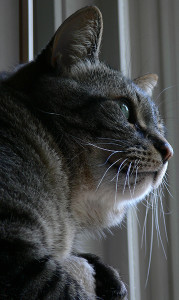
Thanks to the One, it wasn’t too late for Bacchus or for me.
.



